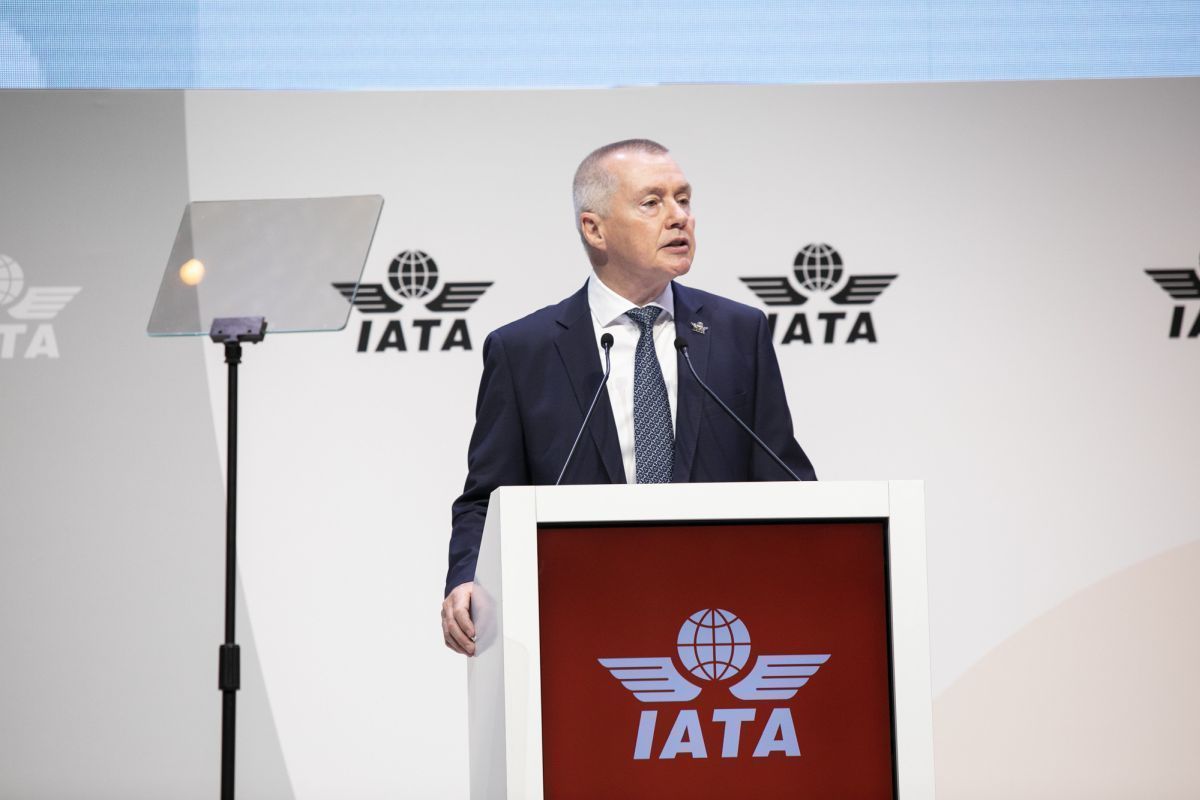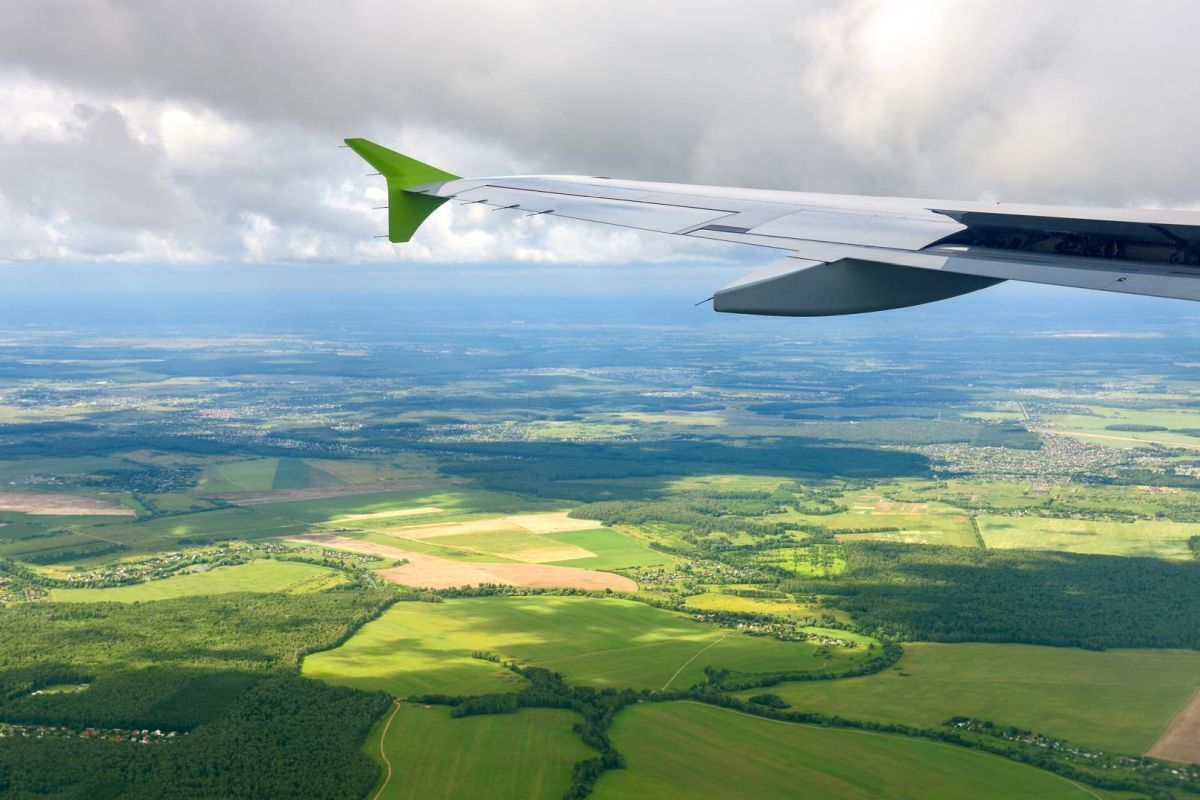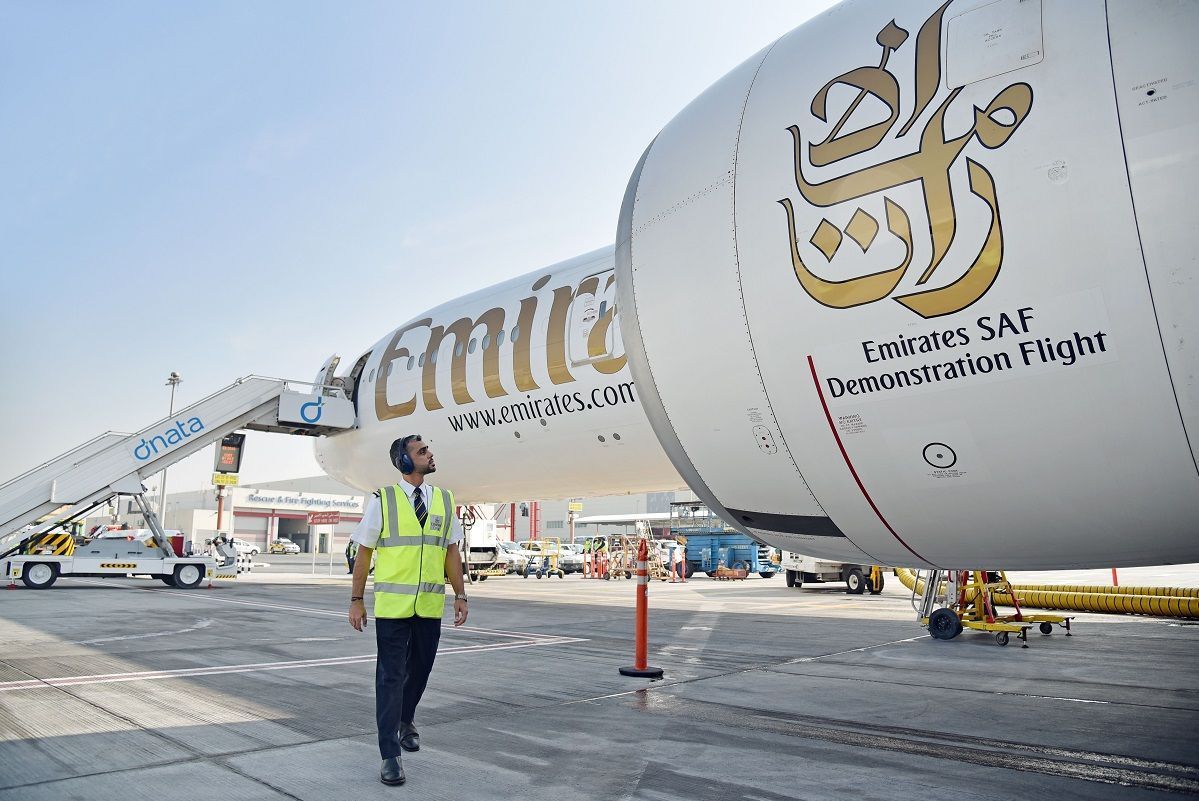IATA: Sustainable Aviation Fuel Production Growing but Incentives Needed
As part of ongoing efforts by the aviation industry to achieve net zero carbon emissions by 2050, the International Air Transport Association (IATA) said recently that sustainable aviation fuels (SAF) were set to increase.
More specifically, IATA said that it expected an overall renewable fuel production to reach an estimated capacity of at least 69 billion liters by 2028 covering North America, Europe and Asia Pacific. SAF will comprise a portion of this growing output which is being achieved through new renewable fuel refineries and the expansion of existing facilities.
However, the association, which represents some 300 airlines comprising 83 percent of global air traffic, is underlining the need for incentives that will support this transition and policies that will enable the diversification of sources of production.

IATA Director General Willie Walsh speaking during the 79th IATA Annual General Meeting (AGM). Photo source: IATA
“The expected production increase is extremely encouraging. Seeing this, we need governments to act to ensure that SAF gets its fair production share. That means, in the first instance, production incentives, to support aviation’s energy transition. And we need continued approval for more diversification of methods and feedstocks available for SAF production,” said IATA Director General Willie Walsh, during the 79th IATA Annual General Meeting (AGM) in Istanbul, Turkey.
“With these two measures successfully in place, we can be confident that the expected 2028 production levels will be realistically aligned with our recently published roadmaps to net zero carbon emissions by 2050.”
The industry is counting on SAF to provide about 62 percent of the carbon mitigation needed in 2050, said Walsh.
According to IATA, last year, SAF production tripled to some 300 million liters and project announcements for potential SAF producers are rapidly growing. Indicatively, over 130 relevant renewable fuel projects have been announced by more than 85 producers across 30 countries.
Additionally, IATA said that it expects 85 percent of future SAF volume over the next five years to be derived from just one of nine certified pathways. The association identifies three main avenues to achieve SAF diversification: scale already certified SAF pathways, accelerated R&D for SAF production pathways that are currently in development and scale up of feedstock/feedstock conversion technology.
Meanwhile, a recent IATA survey found that 85 percent of travelers agreed that governments should provide incentives for airlines to use SAF.
Earlier this week, IATA presented a set of roadmaps to serve as guidance and reference points to help the aviation industry achieve net zero carbon emissions by 2050.







